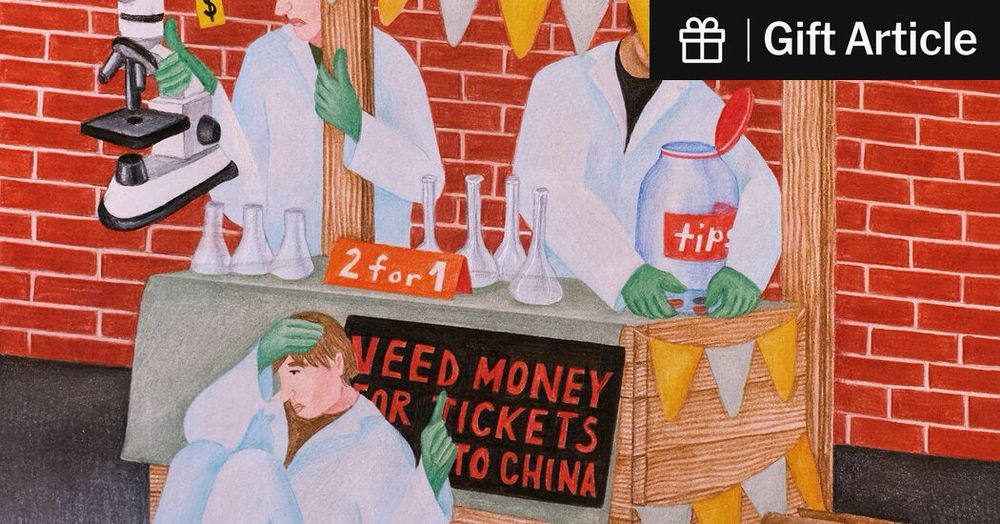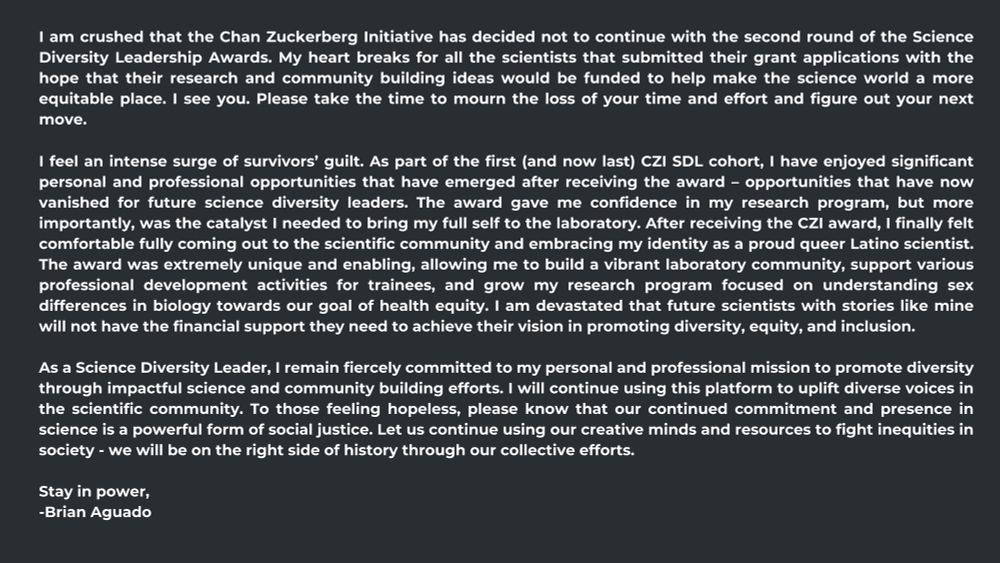
👩🏻🔬🧠🩰

We highlight recent advances and envision a future that integrates organoid biology and biofabrication approaches to engineer complex tissues. Hope you enjoy!
🔓: rdcu.be/d3H6u

Really important piece to share widely. Too many Americans don’t know how severe a threat this Administration poses to our scientific infrastructure, global leadership, and health security

Really important piece to share widely. Too many Americans don’t know how severe a threat this Administration poses to our scientific infrastructure, global leadership, and health security


Led by @luciabru.bsky.social & @chrislong42.bsky.social, check it out!

Led by @luciabru.bsky.social & @chrislong42.bsky.social, check it out!

We highlight recent advances and envision a future that integrates organoid biology and biofabrication approaches to engineer complex tissues. Hope you enjoy!
🔓: rdcu.be/d3H6u

We highlight recent advances and envision a future that integrates organoid biology and biofabrication approaches to engineer complex tissues. Hope you enjoy!
🔓: rdcu.be/d3H6u
doi.org/10.1039/D4PY...

doi.org/10.1039/D4PY...
go.bsky.app/9nMCGLK
go.bsky.app/9nMCGLK




